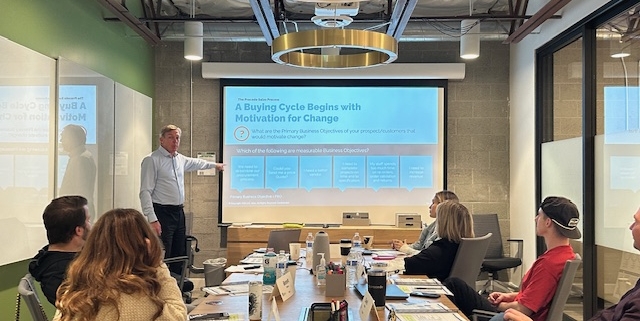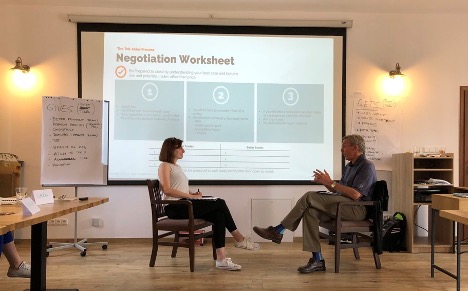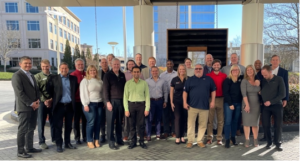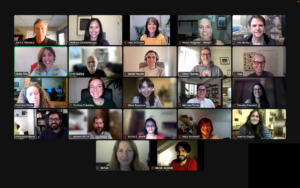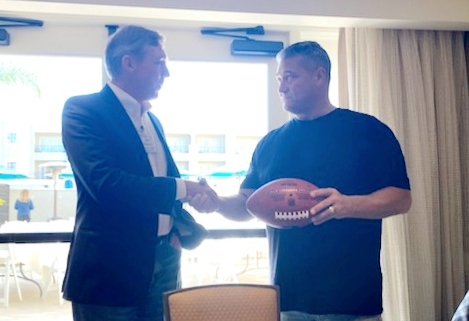Trust is a crucial aspect of business and relationships. Developing trust over the duration of a customer relationship takes attention and focus. Creating a good first impression can go a long way in establishing trust in business relationships. The initial encounter sets the tone for future interactions and can significantly impact how others perceive you or your company.
I’ve shared how the concept of trust was uniquely presented to me as I went through airport security on an international trip. After responding to the standard questions, the security agent asked a final question, “Should I trust you?” I answered in the affirmative, of course, but the unconventional question got me thinking!
Reflecting on the experience – which was used to gauge my response under pressure and assess my overall demeanor – I gained real insight into how trust is perceived and established. In business and personal relationships, trust develops through a combination of communication, consistency and demonstrated reliability. Verbal and non-verbal cues also play a significant role in establishing trust.
When meeting with a prospect for the first time, how do you establish trust? This is not the same type of trust you have with a family member or friend. It’s the trust that allows someone to have a candid conversation about their business issues.
Plenty is written about what not to do, such as being pushy, talking too much or just falling into stereotypical selling behavior. But in that critical window of time (which can be as short as a minute) how do you make a connection that allows the prospect to feel comfortable sharing information with you? How do you show that you genuinely care about understanding their business situation?
Here are three actionable steps to help establish trust during your initial interactions.
- Be prepared with questions about the prospect’s organization and needs, not statements or brochures about your product, service or organization.
- Allow the prospect to set the pace of the meeting. Help the prospect discover their needs by listening to what they say. A few well-constructed questions will help the prospect come to their own conclusion. And only offer suggestions for items to review after they have expressed their priorities.
- Be sincere. Being sincere means doing what you say you are going to do. The first way to establish sincerity is a prompt, written follow-up after that initial meeting that captures the important components for the prospect and their organization.
You can shape the trajectory of a long-term customer relationship by establishing trust early on. While some think trust takes years to cultivate and develop, the agent at the airport thought it could take one second, a reaction to a question. One thing is certain; establishing trust is a central component of all healthy relationships. Successfully lay the foundation and watch a lasting and fruitful customer relationship unfold.


